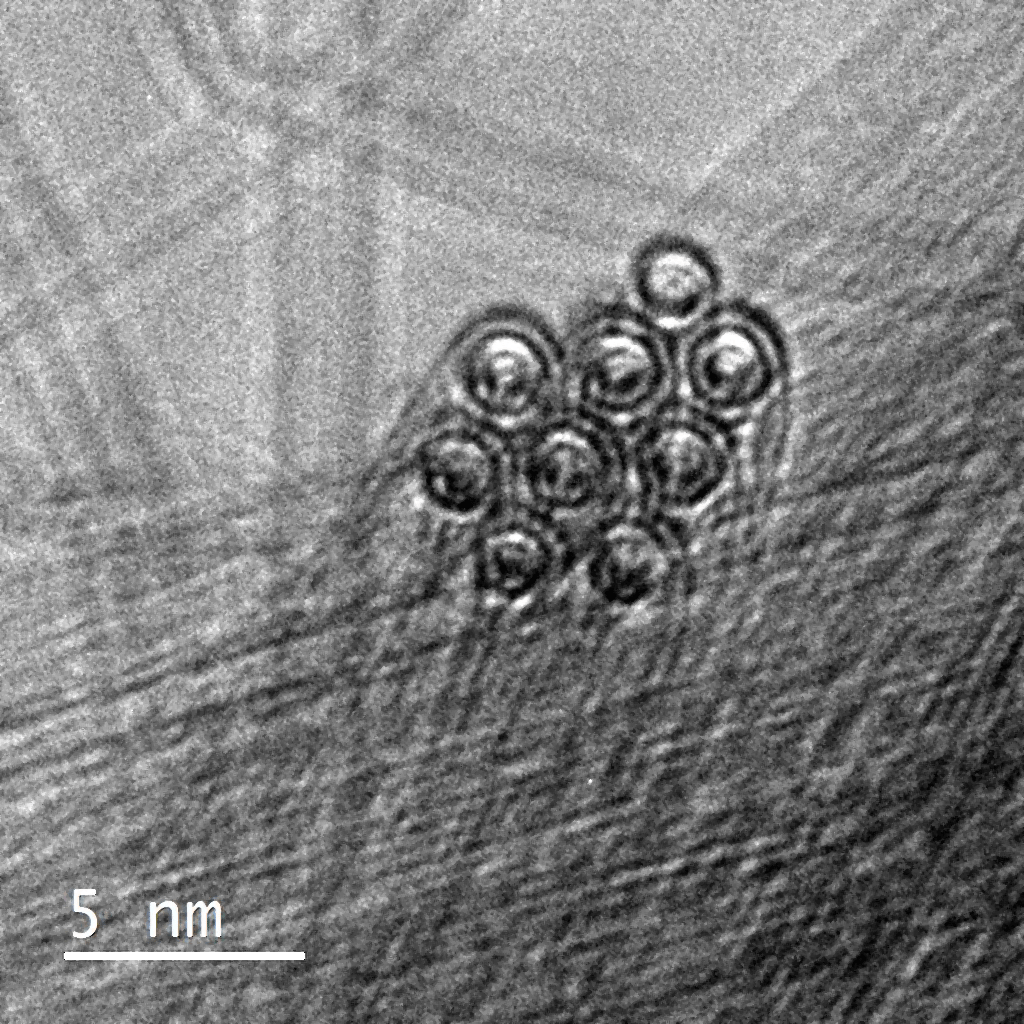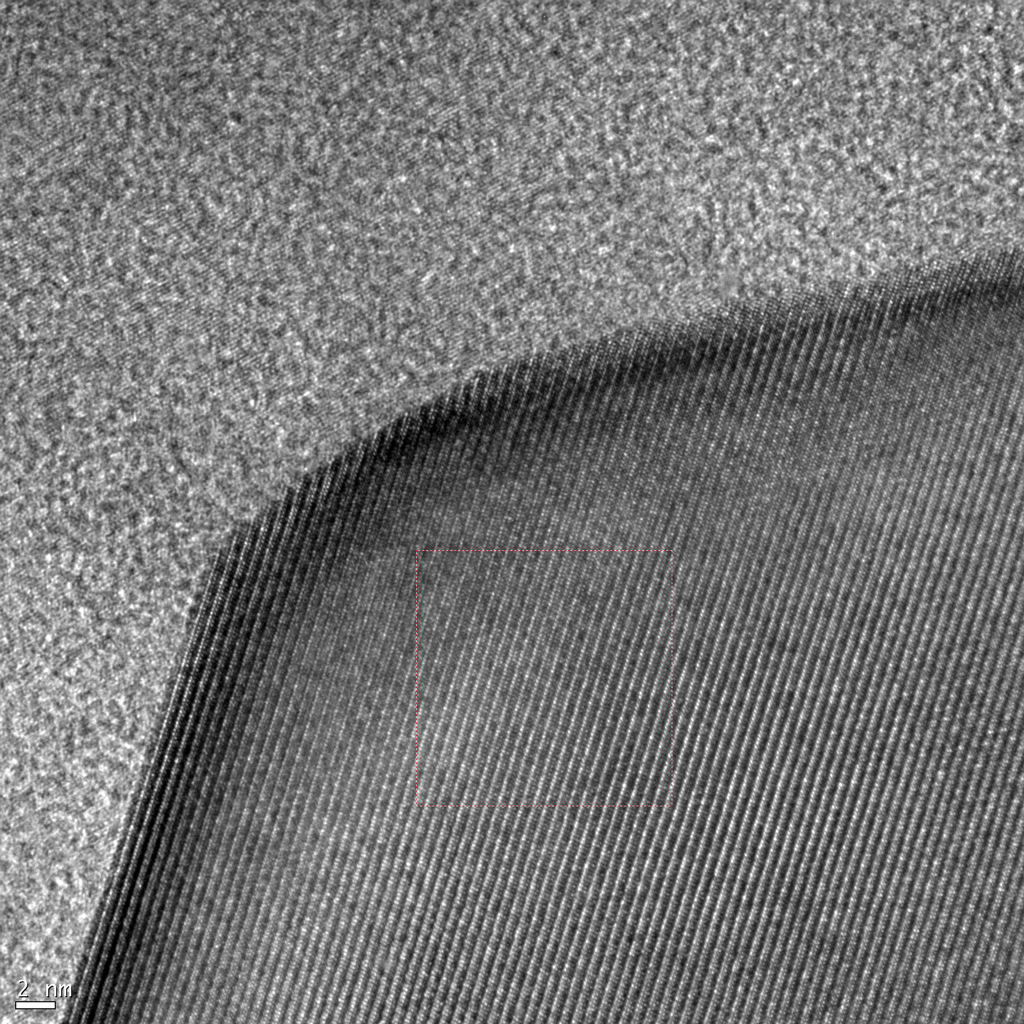Research
The LEM research aims to study material microstructures (cristallography, chemistry, thermodynamic, defects) in order to understand the relationship between microscopic mechanisms and emerging macroscopic properties. In this context, the general approach is to combine experiments, theory and simulations at different scales ranging from nano to meso and to macro. Research activity is focused on two main themes.
The laboratory's activity is developed in strong interaction with many scientific partnerns. Thus, the LEM has strategic partnerships at the regional (GEMaC, Laboratoire Aimé Cotton, Laboratoire Matériaux et Phénomènes Quantiques, CEA/DEN, Centre des Matériaux, EDF Renardières, Laboratoire des Sciences des Procédés et des Matériaux), national (Institut Jean Lamour, Centre Interdisciplinaire de Nanoscience de Marseille, Laboratoire Charles Coulomb) and international (Université de Montréal, de Aalto, de Tokyo, Erlangen, Milano-Bicocca and the Technical University of Denmark) level.
Finally, the LEM is an active member of 4 research networks (GDR I Mécano, GDR ModMat, GDR I Nanoalloys, GDR NanOperando) and it is involved in the coordination 2 others (GDR et GDR I Graphene & co).
Our research activity is focused on two main themes.
 3D Phase field simulations of a superalloy
3D Phase field simulations of a superalloy Bundle of double-walled carbon nanotubes (HRTEM)
Bundle of double-walled carbon nanotubes (HRTEM) Dislocation walls
Dislocation walls Precipitate of silicon in titanium
Precipitate of silicon in titanium Wetting properties of Ni particles on carbon nanotube
Wetting properties of Ni particles on carbon nanotube
Microstructure : morphology, plasticity, transport
The research theme "microstructure" aims to understand the evolution of microstructures and their influence on physical properties at macroscopic scale, in the field of structural or functional metallic materials.
Low-dimensional materials
Low dimensional materials refer to systems in which one or more spatial dimensions are small enough to confine the electronic state wave function giving rise to quantum size effects.